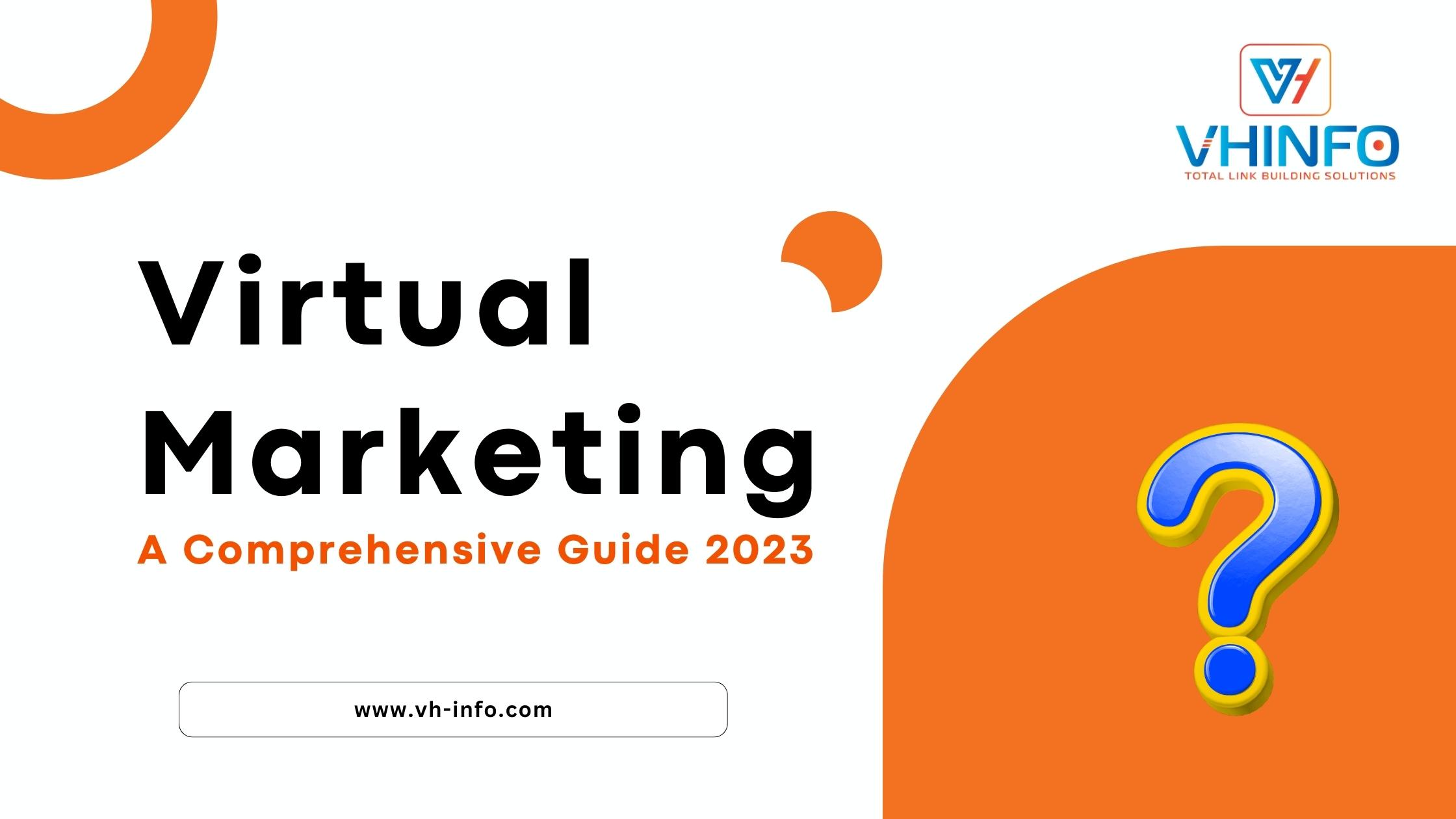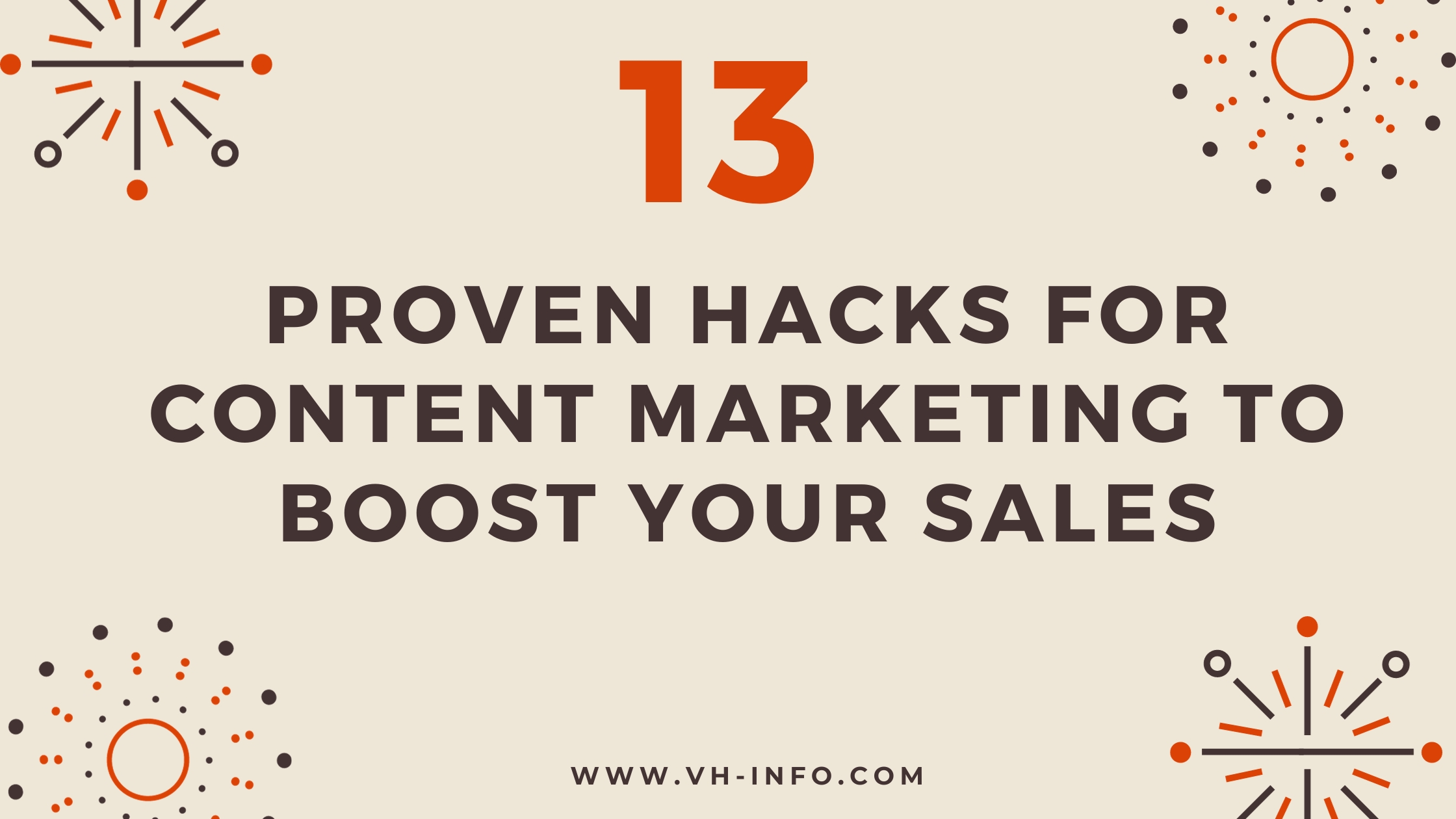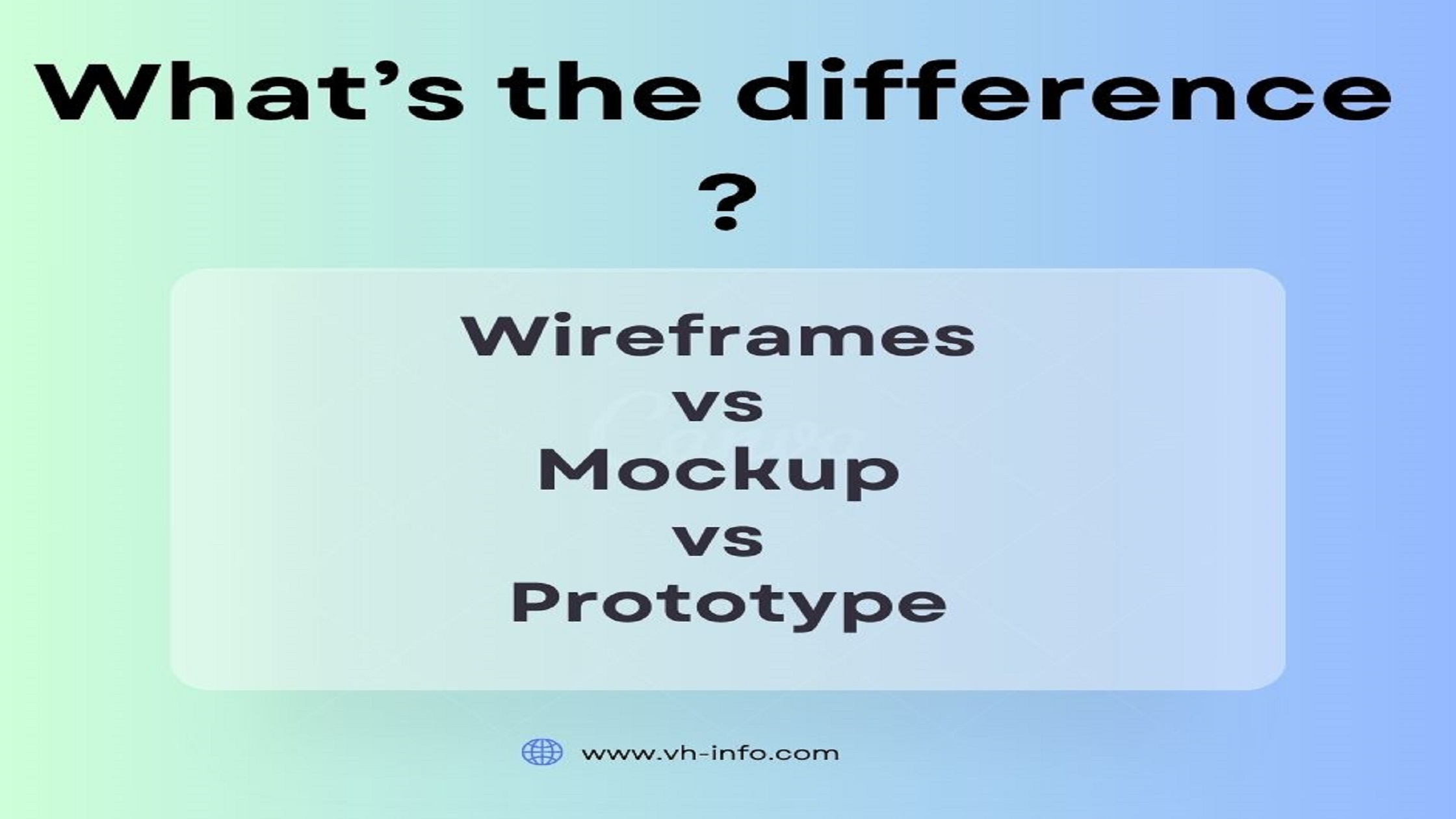
Virtual Marketing – What it is, Benefits & Types
The fiercely competitive online sales environment may be efficiently marketed using virtual marketing. Campaigns for virtual marketing might range from

Virtual Marketing – What it is, Benefits & Types
The fiercely competitive online sales environment may be efficiently marketed using virtual marketing. Campaigns for virtual marketing might range from

13 Proven Hacks For Content Marketing To Boost Your Sales
Ever felt like you’re shouting into the digital void, crafting content after content, only to see minimal returns? Have you

Wireframes vs Mockup vs Prototype: What’s the Difference?
Wireframe vs Mockup vs Prototype: The Ultimate Comparison Upon thinking about developing a new app, there are two things that

A Beginner’s Guide: Marketing Automation Platforms Lookinglion.net
Introduction If you are looking for marketing automation platforms lookinglion.net, you are a great place to get proper information. Leading
WHAT WE
3rd floor, VHinfo, QRXG+CG9 Capital Market, Canal Rd, chokdi, Ravapar, Morbi, Gujarat 363641
VH-info © 2025 | All Rights Reserved